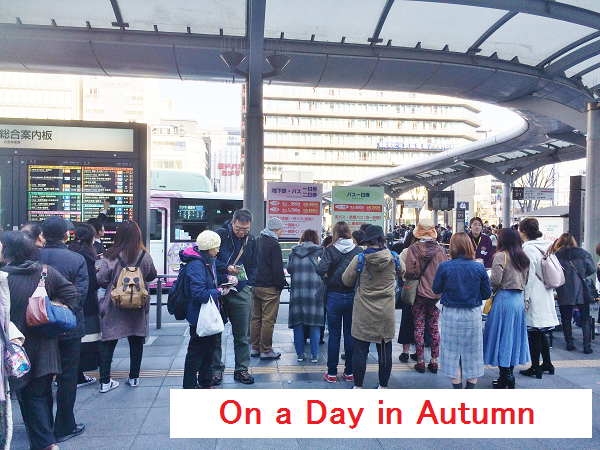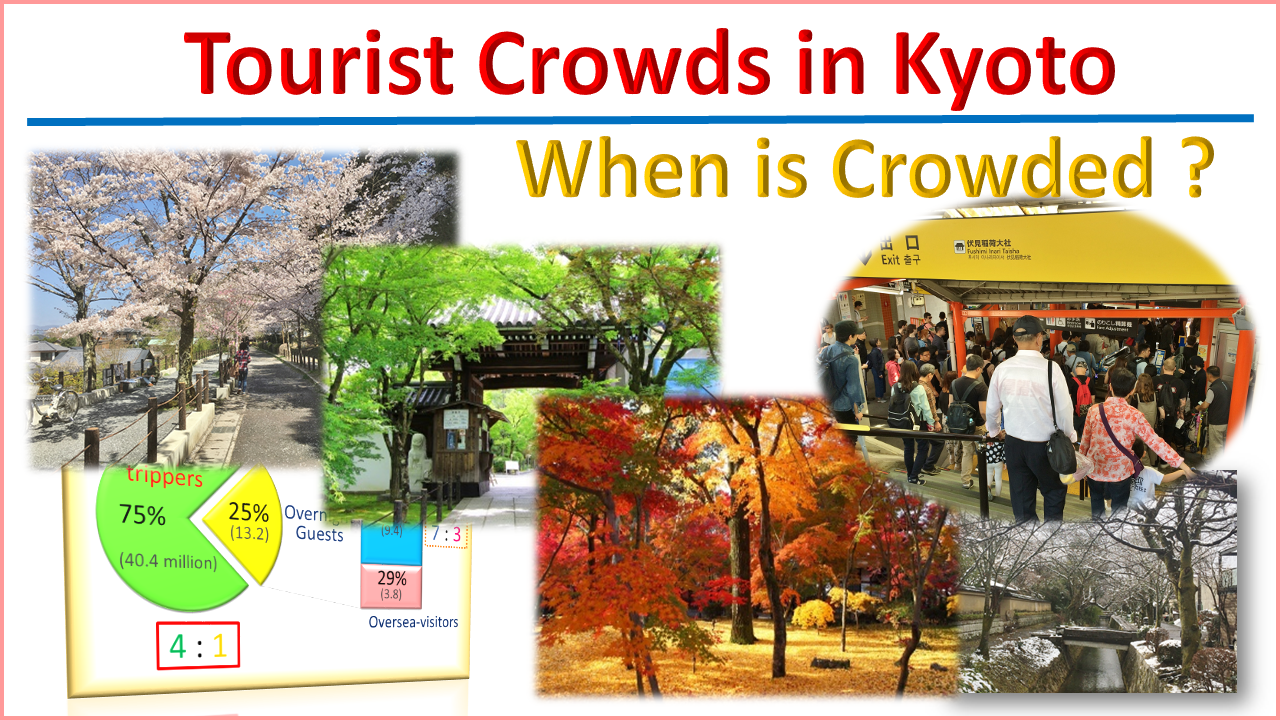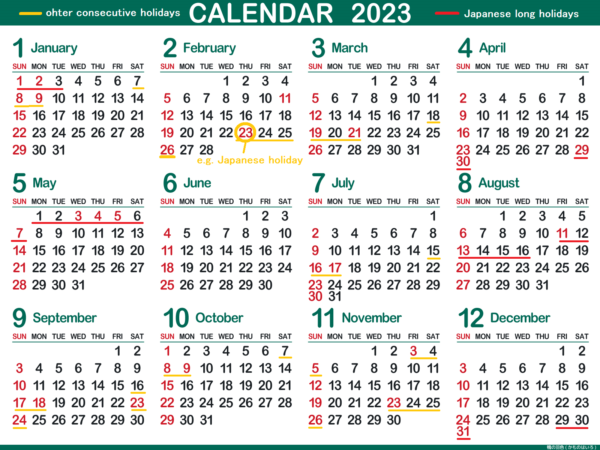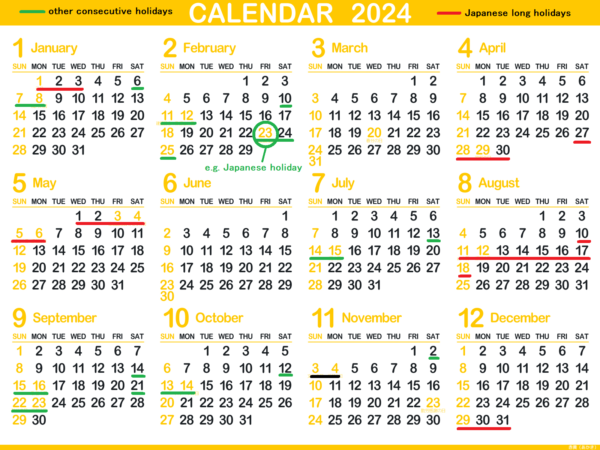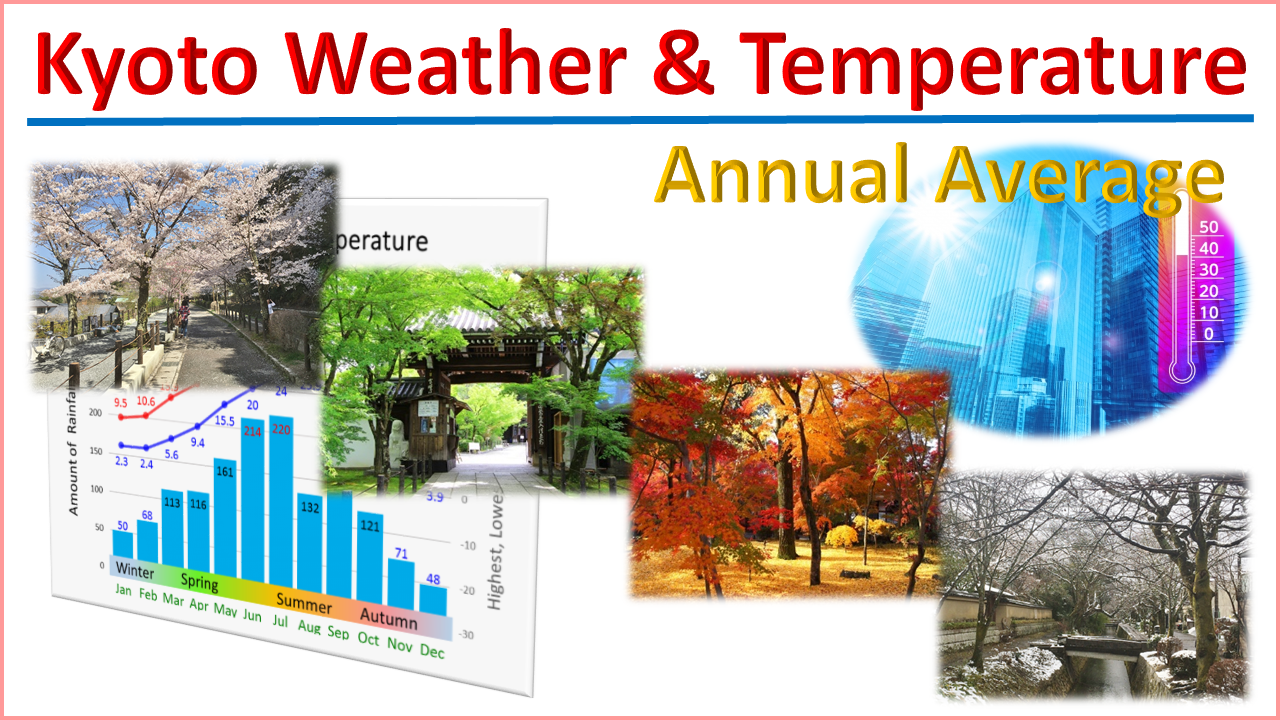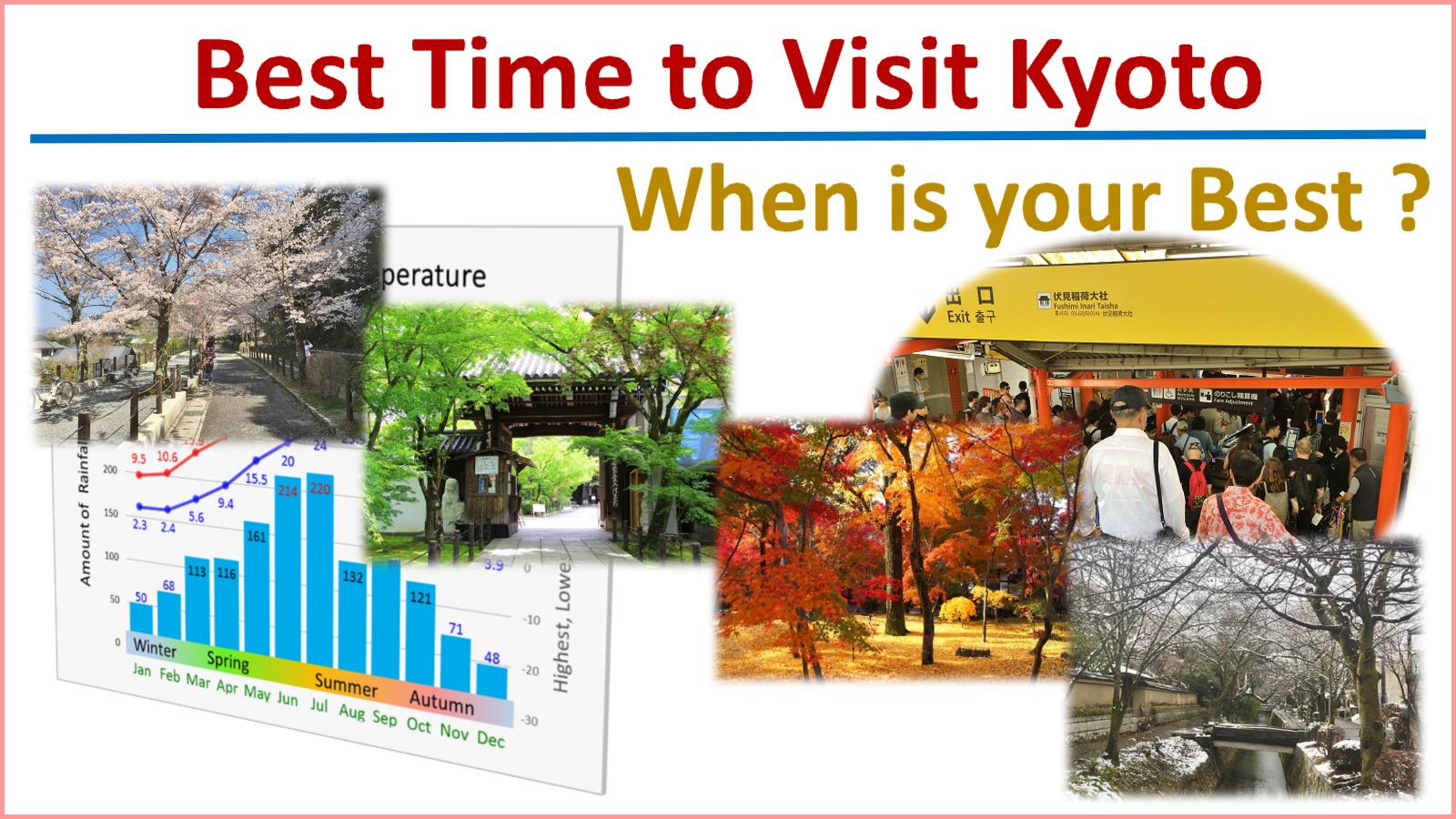Travel Info : When is Kyoto Crowded ?
Advertisements
2. Recent Situation of Visitors to Kyoto (2019)
2-1 the number of visitors & overnight guests
2-2 the proportion of Japanese visitors & day trippers to the whole
1. Overview of Tourist Crowds in Kyoto
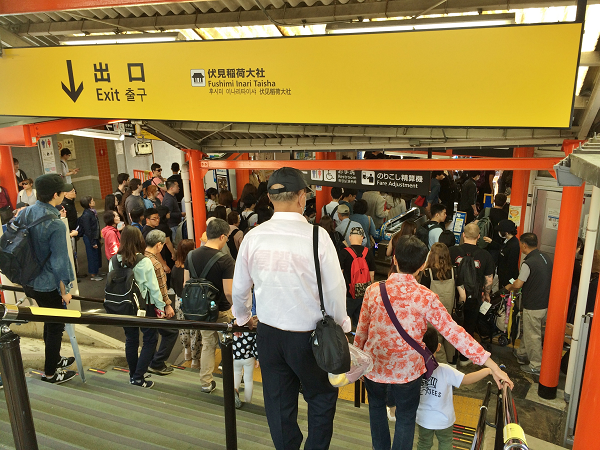
I heard that, nowadays, Kyoto is really crowded.
Yes, as for the situation before the spread of covid-19,
Kyoto is constantly crowded with oversea visitors throughout the year,
in addition to Japanese tourists during a sightseeing season.
Before 2020, the spread of covid-19, the number of tourists coming to Kyoto had been increasing every year.
Based on my experience (I’m living near Ginkakuji Temple), many oversea visitors constantly came to Kyoto throughout the year. (somewhat fewer in winter season, I think)
The seasons or holidays when Japanese would like to go sightseeing seemed to be much more crowded in Kyoto.
But, is that really the case ?
So, I’ll consider the days or seasons when actually crowded, and show you them in detail, based on the result of “Kyoto sightseeing overall research 2019 (in Japanese)” reported by Kyoto city sightseeing & industry department.
2. Recent Situation of Visitors to Kyoto (2019)
2-1 the number of visitors & overnight guests in Kyoto
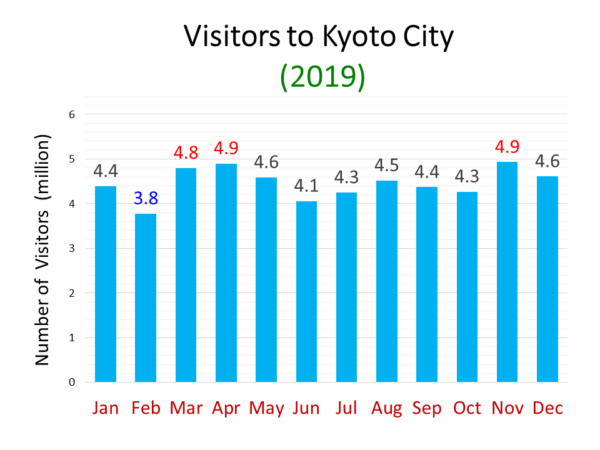
The chart above shows the number of visitors to Kyoto by month in 2019. (I refer the “2019 Kyoto sightseeing overall research (in Japanese)” as mentioned before)
In advance, please note that the “visitors” include not only the people for sightseeing, but also the people for business, shopping, sports, events, watching a play and visiting friends. (exclude commuters)
In general, as the chart shows, Kyoto have many visitors throughout the year.
Among these, “March to April” and “December” tend to have much more visitors to Kyoto because of beautiful cherry blossoms and autumn leaves.
On the other hand, “February” is fewer than average because of a cold climate, and no seasonal events.
Early May, mid August, late December & early January, which have Japan’s three long holidays, also tend to be more visitors to Kyoto.
Next chart below shows the number of overnight guests in Kyoto by month in 2019. (the data is based on the same research above)
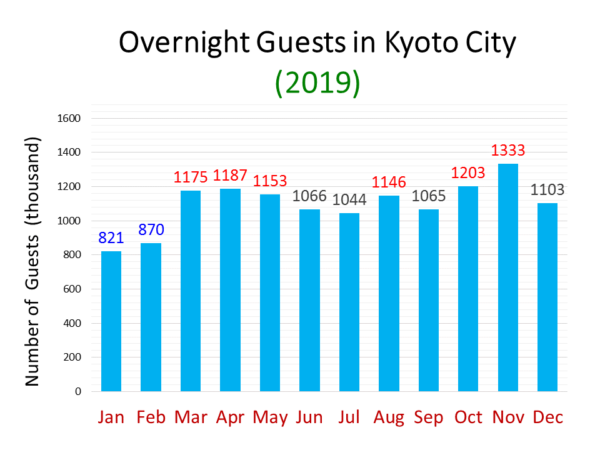
Compared with just “Visitors” to Kyoto, the main purpose of the most overnight guests is thought of as sightseeing.
As expected, March to April (cherry blossom), May & August (Japan’s long holidays), October (good climate), November (autumn leaves) tend to have much more overnight guests in Kyoto.
On the other hand, January is the smallest number in addition to February, although visitors in January are a lot.
Probably, many Japanese people visit shrines or temples during the first three days of January as a day trip.
It is one of Japanese culture, called “Hatsu-moude” in Japanese, meaning of first visiting shrine or temple.
2-2 the proportion of Japanese & day trippers to the whole visitors
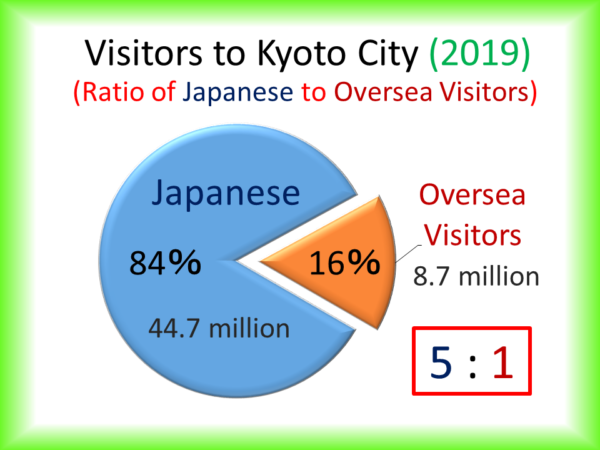
As for “visitors” , what is the ratio of Japanese to oversea visitors ?
As the chart shows, it is the ratio of 5 : 1.
As you can see, Japanese account for a large percentage, however the purpose of their visit is various.
So, one of the causes of crowds in Kyoto seems to be related to when many Japanese people visit Kyoto.
Next, also as for “visitors”, what is the ratio of “day trippers” to “overnight guests” ?
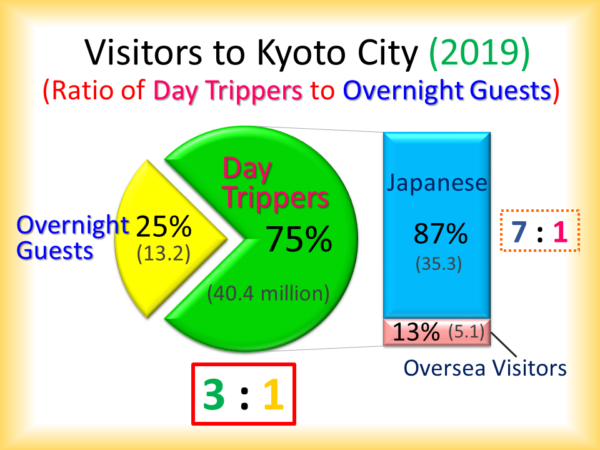
As the chart shows, it is the ratio of 3 : 1.
As you can see, day trippers account for a large percentage to the whole, and furthermore, Japanese people make up a large portion of the day trippers.
According to these results, it is thought that main cause of crowds in Kyoto is found out, as expected, to consider when Kyoto is visited by a lot of Japanese tourists.
3. When a lot of Japanese visit Kyoto for Sightseeing
